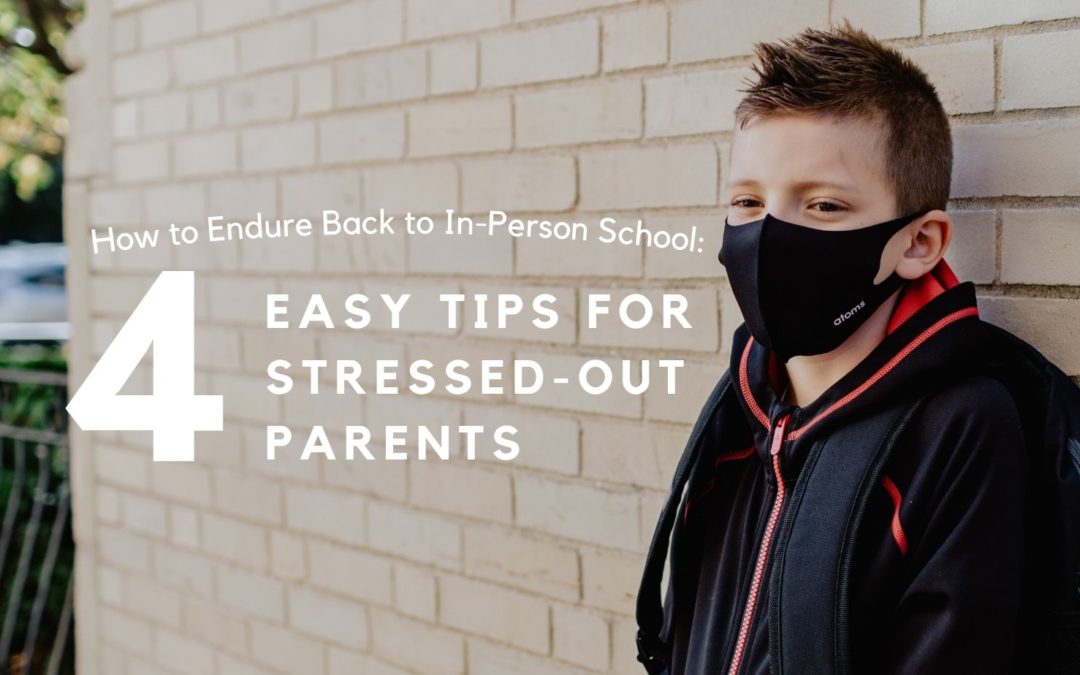Families of school-age children have endured so much over the past 16 months or so amid adapting to virtual learning and all that comes with it: remote athletic training and music practice; taking standardized tests online; and experiencing rites of passage such as graduations from behind a computer camera. With all of this in mind, getting back to school full-time — and with classrooms at full capacity — stands to be an adjustment.
Just as your family, for better or for worse, has learned to focus on Zoom classes with everyone else in the family engaging in their own day-to-day — workday video-conference calls, your teen’s trombone solo for virtual band practice, and your toddler’s pots and pans solo — learning how to sit still and focus on live-action education for six or more hours a day could very well be another learning curve.
For anyone who has attention conditions such as ADHD, or those who simply have trouble focusing, this can mean even more months of re-adjusting to a new learning style. How can teachers and parents help?
1. Open up a dialogue in your family about the return to school.
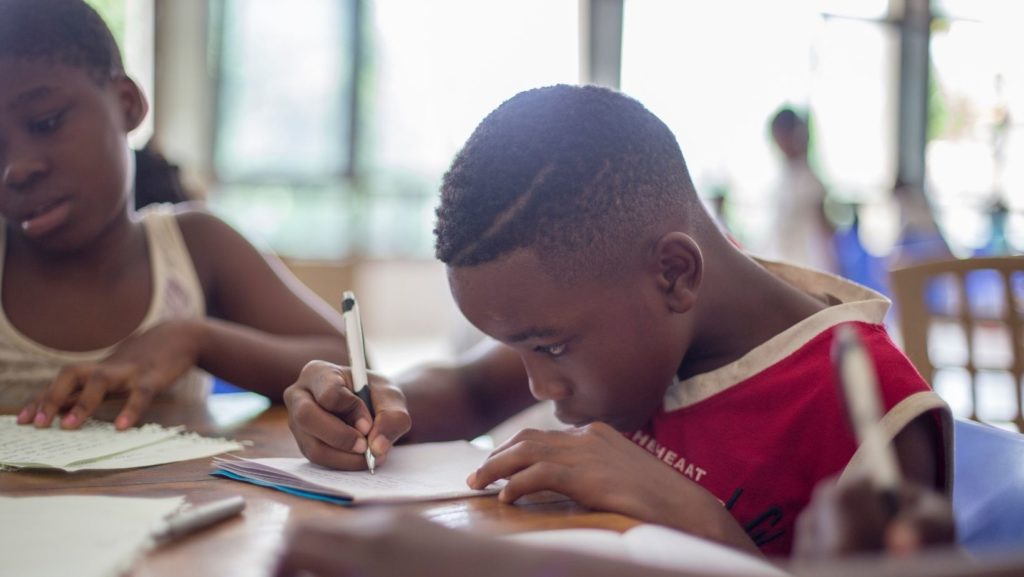
Being back in school all day — and likely with a full classroom can spur anxiety among parents regarding the ongoing COVID-19 pandemic; and among children about going back to a situation that might seem familiar, yet far enough in the past in a child’s lifespan that it can seem like a bygone era.
Dr. Sonya Dinizulu, the director of the University of Chicago Stress, Trauma, & Resilience (U-STAR) program at University of Chicago Medicine, suggests in Chicago Parent magazine to ask questions that are likely to spark longer conversations, such as “What are you thinking? or How are you feeling about this?” She continues to point out that perennial back-to-school anxieties such as not having any friends or coming back face-to-face with bullies may also be weighing on students’ minds.
2. Make the return to school something to look forward to.
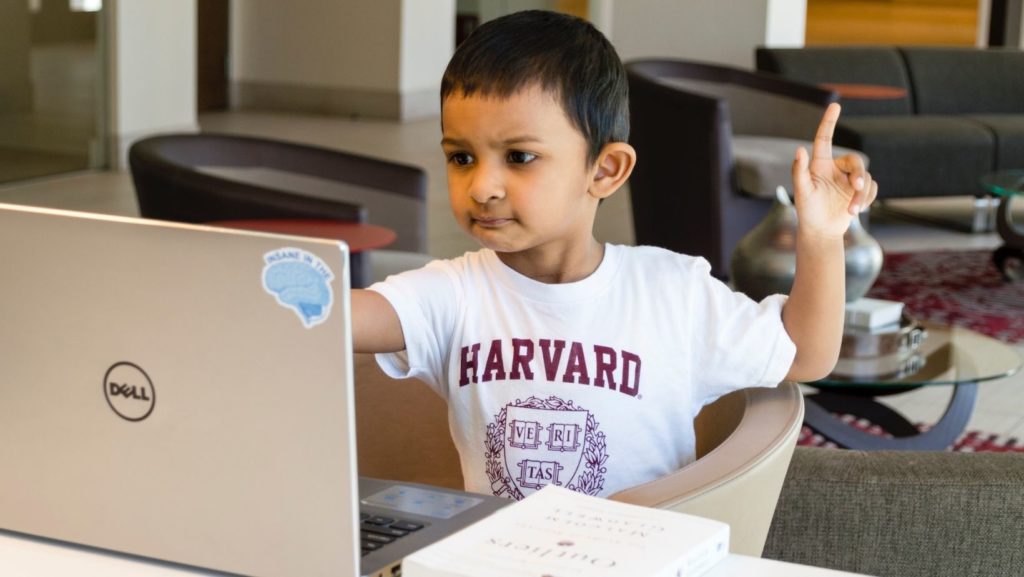
Remember the joy of shiny new notebooks, a fresh bottle of glue, and the smell of a brand-new box of crayons? The simple joys of early fall rest eternal. Take out your children shopping and indulge them a bit on those notebooks, or a backpack upgrade.
Moreover, after about a year-and-a-half of working, studying, and hanging out around the home, your child’s wardrobe could likely use a refresh. Take this as an opportunity to toss that ratty Minecraft shirt and get your child in something that could at least pass for business casual. The same goes for shoes. More likely than not, your child has grown out of what they were wearing to school in the “Before Times” anyway.
3. Gently re-introduce experiences that are similar to those of a classroom.
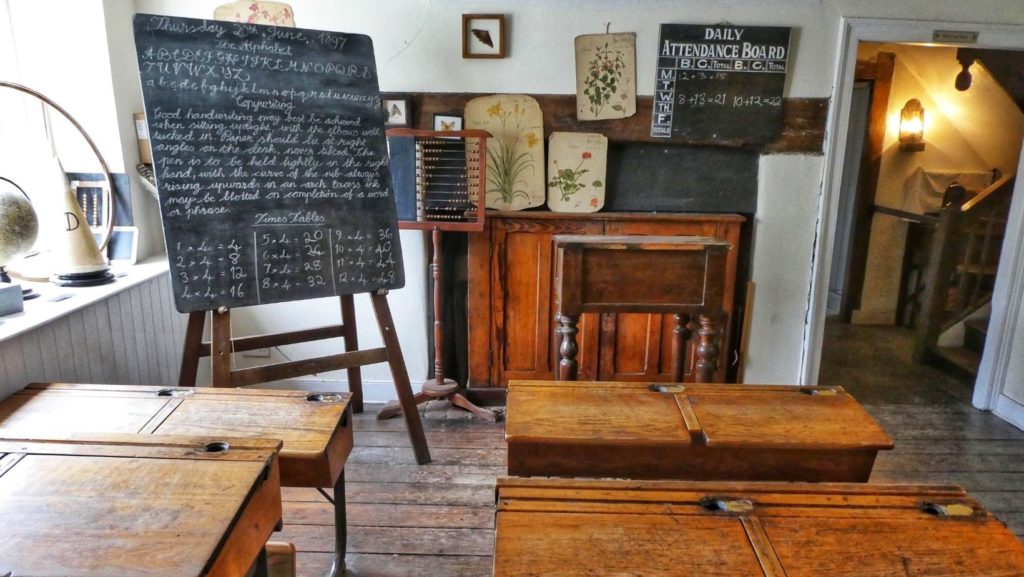
Snuggling in front of a laptop in a bean-bag chair might have been a cozy way to take in solving for X. Come this fall, however, hunkering down in a middle school desk-chair while focusing on that whiteboard full of algebra problems might not be quite as comfortable.
Some parents across the US quoted in this article in Wirecutter, the New York Times’ consumer products column, instituted a “school time equals desk time” policy during the pandemic, with positive results. If your child’s school day set up was more evocative of a early 2010s startup on a couch, this might be time to bring back a formal workspot.
A formal space need not be elaborate: Setting up a spot at the kitchen or dining room table during quieter times in the household and having your child engage in an age-appropriate activity — coloring, crafts, or reading — for 30-45 minutes a weekday during the summer can help foster a seamless transition to learning in an environment not as conducive to napping.
4. Use tools that help with focus.
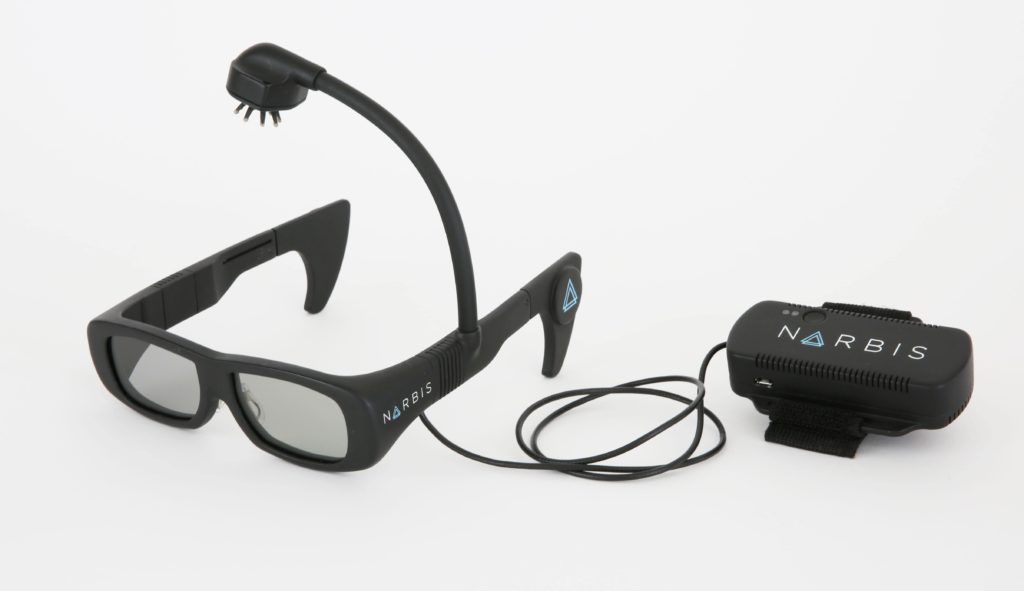
Products like Narbis neurofeedback smart glasses can detect how and when the wearer is paying attention and losing focus. The dry sensors on the glasses measure and analyze brain activity, then uses this data in an algorithm used to train NASA pilots. If the system detects brainwave patterns indicative of paying attention, the lenses in the glasses stay clear. If the system detects that the wearer is growing distracted, the lenses gently darken, reminding that it’s time to return to the task at hand. Over time, regular wearing of Narbis’ smart glasses can train the brain to remain focused, helping to get students’ minds ready for the classroom.
One of the biggest shortcomings of previous neurofeedback technologies has been their inability to be used in real-life situations, since many of them require the user to stop what they’re doing and stare at a screen.
In other words, you could either use a neurofeedback tool or study — but not both at the same time. Narbis teaches the wearer how to pay attention while getting schoolwork done, giving your child extra power for this fall’s literal return to school.

